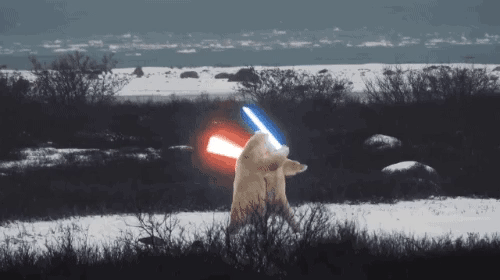Forums
-
Snowmobile Forums
-

- 10.1k
- posts
-

- 3.5k
- posts
-

- Expedition
- By Tommcat,
-

- 56.6k
- posts
-

- 1.9k
- posts
-
-
General Discussion Forums
-

- 1.6m
- posts
-

- 43.5k
- posts
-
-
Who's Online 19 Members, 1 Anonymous, 259 Guests (See full list)
-
Member Statistics
-
Who was online 138 Users were Online in the last 24 hours
- 442guy
- mnstang
- Gasman58
- trainergeneral
- dsupercat
- Border1225
- soeaster
- ICG
- Doorider
- Deephaven
- Cold War
- XCR1250
- Doug
- ArcticCrusher
- ckf
- wrinkly balls
- X2700
- MILFMAN
- The One
- SeaShark
- mach4me
- Skeeter21i
- Skidooski
- akvanden
- polaris7541
- airflite1
- Crnr2Crnr
- Pete
- Frostynuts
- Whiskey Tango Foxtrot
- Stephen Hawking
- team ohio
- Schmidt
- Premium
- ZR6000RR
- Hosdi
- PRP77
- Jerry 976
- nascarmike
- jdels
- steve from amherst
- Tripleflipper
- MnDean
- hayward
- 122
- $poorsledder$
- Tessie11
- smokin george
- yamadan700
- Carlos Danger
- Laborer
- Triple8
- Sled_Hed
- Jimmy Snacks
- Voodoo
- sw-50c
- Intel5960X
- dz246
- Kivalo
- toslow
- ActionfigureJoe
- Polarissledder
- Cutsticker
- favoritos
- highgear
- Zeusand
- SSFB
- Winterman
- Plissken
- Turf
- BOHICA
- racinfarmer
- teamgreen02
- joe_zrt
- ZR8000lxr
- sleepybrew
- Not greg b
- machtriptrip
- Blackstar
- bladefever
- AK440
- 1jkw
- Steve
- snoughnut
- skidoo340
- Potatodigger1
- Trail cat
- racer254
- krom
- oldslowsledder
- stealth bomber
- gltland
- NaturallyAspirated
- Mag6240
- 19renegade8fiddy
- cheez
- steepndeep
- Hub
- Bontz
- Duckhunter1963
- Palu49
- Mainecat
- awful knawful
- Canadianharley
- Allyammies
- SHORTFUSE_600
- 1trailmaker
- Kev144
- Skidood
- Ambush
- 01mxz800
- Catman16
- EvilBird
- hockeyrevman
- Rw06GT
- big_phil
- Anler
- Cat45
- Sael
- nrcptr
- Big Crappie
- Jerr2Star
- Byrd
- Tomas.
- Jack hackett
- 03classic700
- fortune46x
- J. Jackson
- IRONDOG
- ViperGTS/Z1
- Rich
- Edmo
- Roosting
- MuskokaGator
- Rigid1
- Brian L
- dirtybeacher
- probill2
Most members ever online was 200, last accomplished on . -
Forum Statistics
54.1k
Total Topics1.7m
Total Posts


.thumb.jpg.4451874ed51b15725142482b308305e6.jpg)







